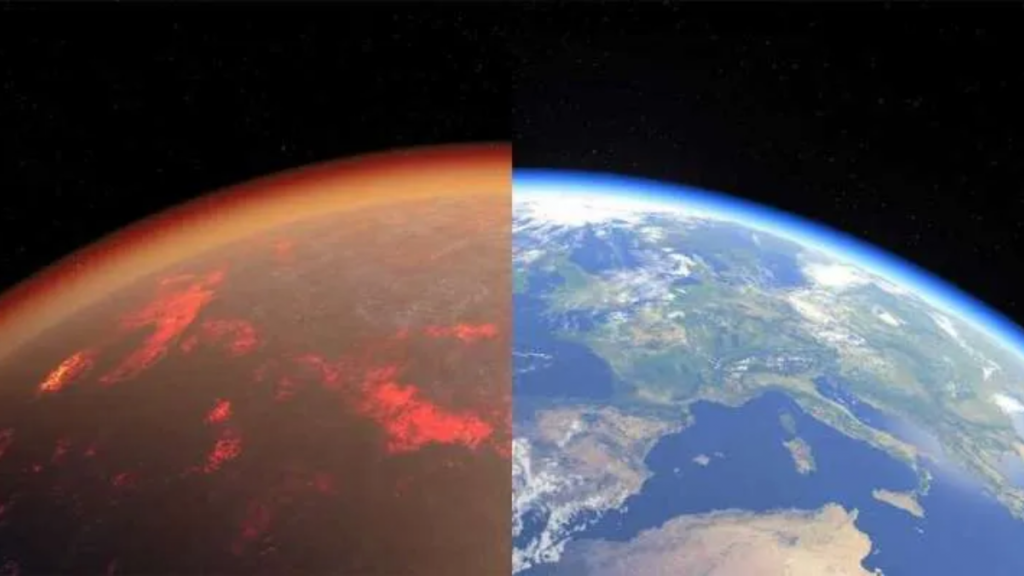“Steel and aluminum, sectors with tight margins – says Trucco – are two emblematic examples. The explosion of electricity tariffs has led companies to cut production and tidy up supplies, putting those with high value-added ahead.” Electronics remains a priority and the car still creeps into the queue. So If you order a table, then it will take from thirty to forty days, but if the table top is laminate, then it can take up to four months.Kitchen utensils are a lottery.
Employment transferred to the East has no secondary effect. Audi, for example, with a waiting period of up to 13 months for the delivery of some models, is pushing the crisis of Leoni, the company that has a factory in Kyiv to process internal cables for cars (there are about 5 kilometers per car) . Just as users of semi-finished metal products produced in Ukraine face great difficulty.
transport crisis
Finally, transport that still looms large on global trade. China’s iron closures and the prolonged blockade of the Shanghai port have led to longer travel times and container shortages in recent weeks (ships have long lay off and are therefore no longer available). There has been much talk of an increase in freight rates, reaching 300% in a single year, while the ripple effect on delivery times caused by Chinese traffic congestion has remained undetected, with northern European and American ports continuing to suffer the effects of the blockade. (For Italy there are road transport problems with a lack of drivers forcing companies not to accept additional flights).
Is it just an emergency or will it become a structural condition? “Companies need – says Riccardo Passerini, analyst at EY – to gain and enhance flexibility and resilience in the supply chain. Maximum efficiency is achieved when you are able to calibrate procurement, production, and distribution with optimal levels of inventory and resources to satisfy your customers. In the context of resource scarcity and extremely high demand, it is necessary to rethink relations with third parties and evaluate potential options for expanding joint business planning with suppliers or relocation.
Resettlement again and in time
Resettlement again can be an option. “According to a report by Allianz, out of about 1,200 multinational companies based in the US, UK, France, Germany and Italy, less than 15% of these would consider returning to their home countries as a possibility, but about twice that many could move some factories in Neighboring countries. However – explains Passerini – it is not yet possible to understand whether what happened in 2020 and 2021 is the trend that will be confirmed in the coming years. “

“Coffee fan. Tv specialist. Social media aficionado. Zombie geek. Evil analyst. Web expert.”







More Stories
Never wash your car if you go on vacation to this country that Italians love so much | They will impose a fine of 3,000 euros on you
“He is dying, in Chechnya they are looking for his heir.”
The infection struck him directly…